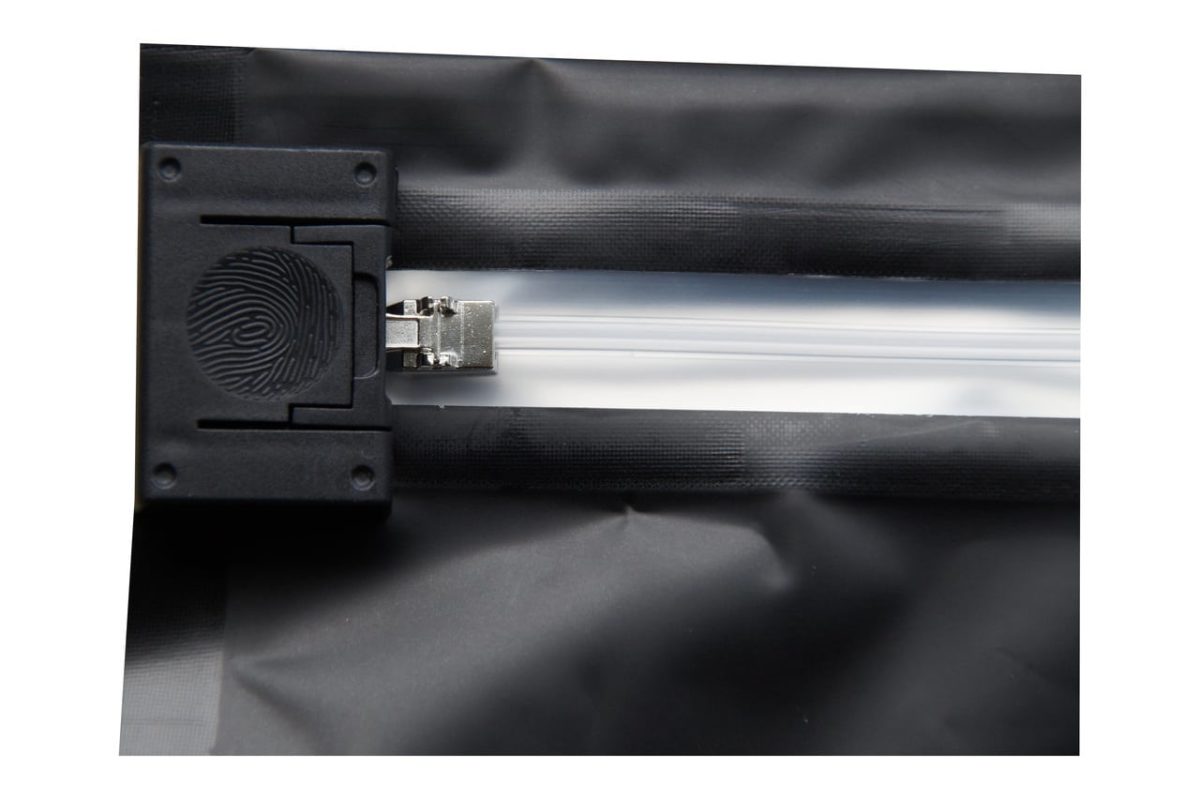What does the California child-resistant bag legislation mean for the cannabis industry?

What does the California child-resistant bag legislation mean for the cannabis industry?
When it comes to the new California child-resistant bag legislation regarding cannabis sales, much dust has arisen around the subject. Confusion and misunderstandings have started to rule the cannabis industry, seemingly without anyone to clarify the problematic and purge the panic once and for all.
With legalization knocking at our door here in The Golden State, dispensaries and smokers alike are preparing for the big date. The 1st of January, 2018, will signify a new era in the cannabis legalization revolution.
It’s a movement that lies in the hands and souls of people who have wholeheartedly committed themselves to the cause. However, despite the initial happiness, a certain legal matter has been overlooked.
We’re talking about the brand-new legislation that concerns child-resistant exit bags. Although this affects the way cannabis salesmen are seen in the eyes of children, it’s a little bit deeper than that. Every facet of the cannabis industry is affected – from growers all the way to the dispensary bud-tenders. Let’s take a look at how this will affect the way Cali consumes cannabis
The nitty-gritty
In the business and professions code, within the cannabis division, a new chapter was added to the mix. Chapter 12 concerns the packaging and labeling processes and rules and much of it has to do with child-resistant bags and packaging. The legal terms are abundant here and many growers and users have expressed their concern about this.
In all words, the overabundance of information can present a burden to any reader. By starting to analyze the chapter, it’s evident that all packaging will undergo a big change, never seen before in the cannabis industry. Before we head on to the bag type, the frontrunner in this new chapter is the so-called “bag attractiveness”.
Basically, this means that bag should not be made to appeal to children. Cannabis will be equipped with simple packaging. This means no big colorful letters, signs or any sort of thing that might catch the attention of the juvenile eye. The bags may all look the same, with no distinction.
We presume that this is the DEA’s attempt to curb underage adoption or prove their point that cannabis users won’t be on the rise. Regardless of the goal, these are the rules.
As we head to the child-resistant bag part, there is one catch. According to section 5029, cannabis goods and products don’t have to be in child-resistant packaging while in the inventory. Thus, it can be said that storage is safe from these regulations. In legal terms, child-resistant bags are mandatory the moment the product is in transit or exposed for sale or ready for further promotion.
What does this even mean?
Okay, we’ve concluded that the existence of changes is pretty much inevitable. As this legislation is bound to be in force at the beginning of the year, this bears the question about the significance and impact of it. We’re going to analyze the changes every chain in the cannabis industry will experience – growers, manufacturers, dispensaries, and consumers.
Growers will most likely be inclined to provide more information about their products, as to what is the exact strain and some technical info about the growing equipment. It’s likely that every tamper-evident, child-resistant bag will have to have some additional info.
Manufacturers will have to be extra careful when it comes to the packaging and distribution process. They should make not even the slightest mistake when it comes to packaging the cannabis during the manufacturing process or while in transit.
Cannabis in every form should be in a neutral package. No big letters, just the disclaimers, and the specifications. Also, manufacturers will likely suffer the most as child-resistant bags are more expensive. This will mean that a rise in prices is imminent.
Dispensaries will also face the same type of problems as manufacturers do. The burden of footing the bill on child resistant packaging will fall on their shoulders as well.
Variable prices will see an increase and businesses will face a little bit more stress when it comes to cost management and shifting the other technical aspects of doing business. Marketing will also take a big hit, as trademark bags and attractiveness are now out of the question.
Expect some mix-ups as well, because all the bags will now basically look the same. This also means that the DEA is likely to take action upon anyone that isn’t following such rules.
What are the possible consequences of not respecting this legislation?
Like with every state that is new in the legal recreational cannabis circle, the control and monitoring will be tough. The Californian market has been the fantasy of growers all over the world and licenses and permits will be flying all over the place.
A bigger influx of people means a stricter control. No mistakes will be tolerated and everyone will feel the full letter of the law of Uncle Sam if they don’t employ the notion of child-resistant packaging.
The most likely consequence will be a hefty fine, most likely only for first-time offenders. More serious mess-ups and disrespect of the law will result in permit seizure and extensive legal action with no good end in sight. Whether you’re a grower, seller or consumer keep your eyes open.
by Azia Weisz, Marketing Director, Green Rush Packaging
